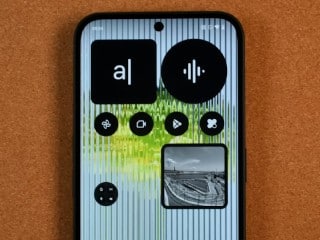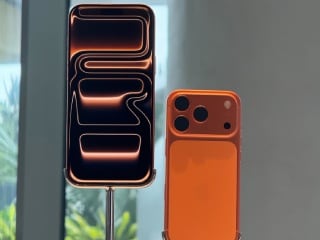- Home
- Internet
- Internet News
- Soon, Wi Fi Signals to Power Electronic Devices: Study
Soon, Wi-Fi Signals to Power Electronic Devices: Study

Developed by assistant professor Shyam Gollakota and Vamsi Talla, an electrical engineering doctoral student, the Power Over Wi-Fi (PoWiFi) system is one of the most innovative and game-changing technologies of the year, said Popular Science that included it in the prestigious magazine's annual "Best of What's New" awards announced on November 18.
"For the first time we have shown that you can use Wi-Fi devices to power the sensors in cameras and other devices," lead author Talla said.
"We also made a system that can co-exist as a Wi-Fi router and a power source -- it doesn't degrade the quality of your Wi-Fi signals while it's powering devices," she added.
The technology attracted attention earlier this year when the team published an online paper showing how they harvested energy from Wi-Fi signals to power a simple temperature sensor, a low-resolution grayscale camera and a charger for a Jawbone activity tracking bracelet.
PoWiFi could help enable development of the Internet of Things, where small computing sensors are embedded in everyday objects like cell phones, coffee makers, washing machines, air conditioners and mobile devices - allowing those devices to "talk" to each other.
"In the future, PoWiFi could leverage technology power scaling to further improve the efficiency of the system to enable operation at larger distances and power numerous more sensors and applications," explained Gollakota, assistant professor of computer science and engineering.
But one major challenge is how to energise those low-power sensors and actuators without needing to plug them into a power source as they become smaller and more numerous.
The team fixed that problem by optimising a router to send out superfluous "power packets" on Wi-Fi channels not currently in use - essentially beefing up the Wi-Fi signal for power delivery - without affecting the quality and speed of data transmission.
The team also developed sensors that can be integrated in devices to harvest the power.
In their proof-of-concept experiments, the team demonstrated that the PoWiFi system could wirelessly power a grayscale, low-power Omnivision VGA camera from 17 feet away, allowing it to store enough energy to capture an image every 35 minutes.
It also re-charged the battery of a Jawbone Up24 wearable fitness tracker from zero to 41 percent in 2.5 hours.
The researchers also tested the PoWiFi system in six homes.
"Users did not notice deterioration in web page loading or video streaming experiences, showing the technology could successfully deliver power via Wi-Fi in real-world conditions without degrading network performance," the authors noted.
The duo will present the final paper next month at the Association for Computing Machinery's CoNEXT 2015 conference in Heidelberg, Germany.
Catch the latest from the Consumer Electronics Show on Gadgets 360, at our CES 2026 hub.
Related Stories
- Samsung Galaxy Unpacked 2025
- ChatGPT
- Redmi Note 14 Pro+
- iPhone 16
- Apple Vision Pro
- Oneplus 12
- OnePlus Nord CE 3 Lite 5G
- iPhone 13
- Xiaomi 14 Pro
- Oppo Find N3
- Tecno Spark Go (2023)
- Realme V30
- Best Phones Under 25000
- Samsung Galaxy S24 Series
- Cryptocurrency
- iQoo 12
- Samsung Galaxy S24 Ultra
- Giottus
- Samsung Galaxy Z Flip 5
- Apple 'Scary Fast'
- Housefull 5
- GoPro Hero 12 Black Review
- Invincible Season 2
- JioGlass
- HD Ready TV
- Laptop Under 50000
- Smartwatch Under 10000
- Latest Mobile Phones
- Compare Phones
- OPPO A6c
- Samsung Galaxy A07 5G
- Vivo Y500i
- OnePlus Turbo 6V
- OnePlus Turbo 6
- Itel Zeno 20 Max
- OPPO Reno 15 Pro Mini 5G
- Poco M8 Pro 5G
- Lenovo Yoga Slim 7x (2025)
- Lenovo Yoga Slim 7a
- Realme Pad 3
- OPPO Pad Air 5
- Garmin Quatix 8 Pro
- NoiseFit Pro 6R
- Haier H5E Series
- Acerpure Nitro Z Series 100-inch QLED TV
- Asus ROG Ally
- Nintendo Switch Lite
- Haier 1.6 Ton 5 Star Inverter Split AC (HSU19G-MZAID5BN-INV)
- Haier 1.6 Ton 5 Star Inverter Split AC (HSU19G-MZAIM5BN-INV)

















